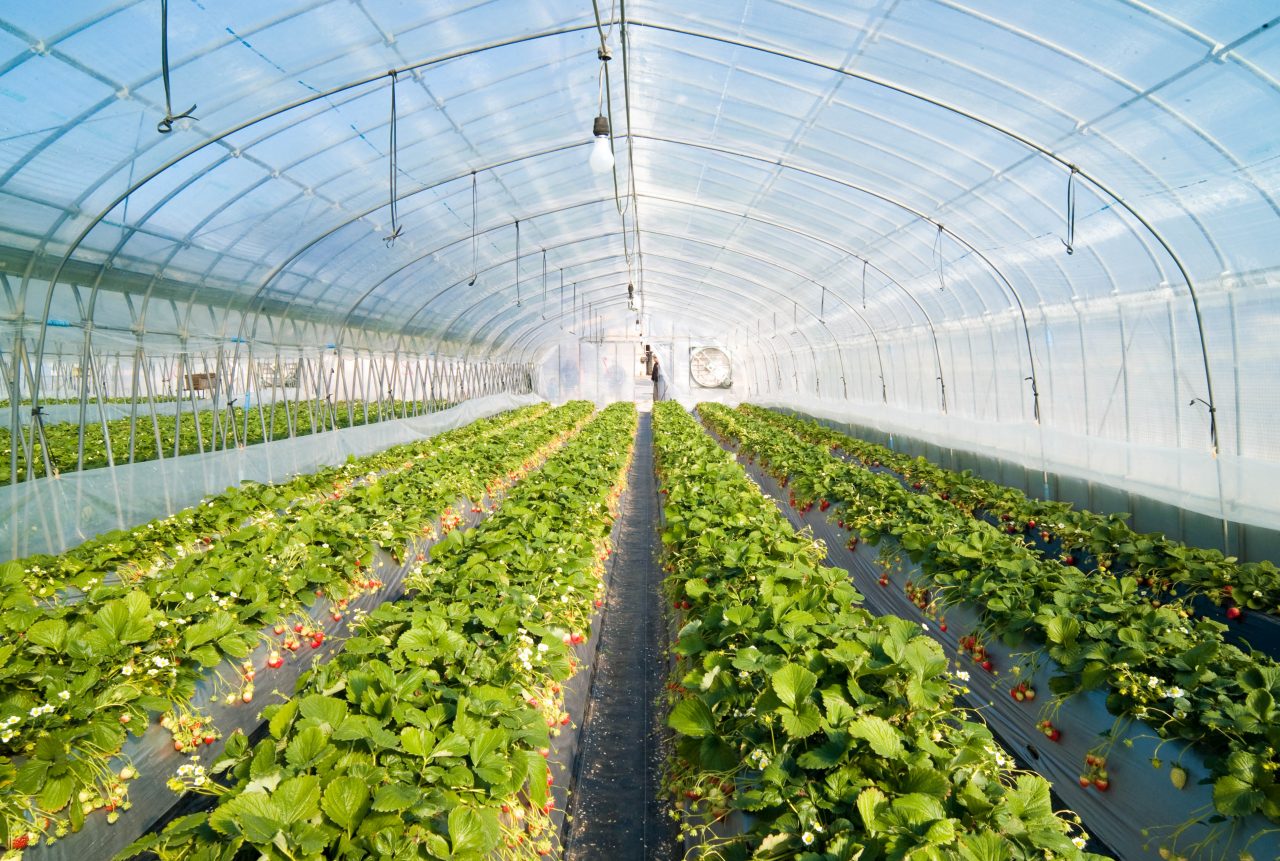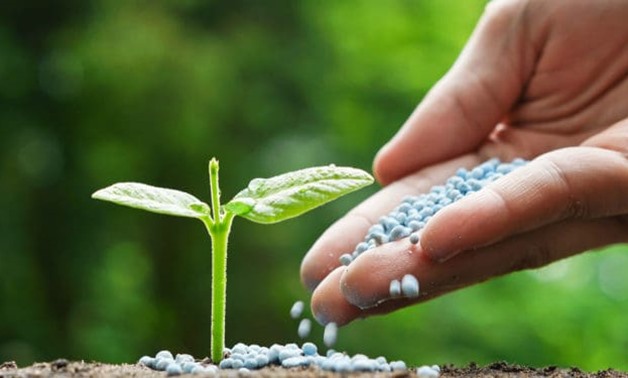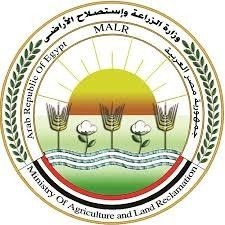Agricultural Materials and Applications
In Sahara Agriculture Materials and Applications is the main focus of the show as most of the exhibitors cover that section, which includes:
- Fertilizers
- Seeds
- Nurseries
- Greenhouses
- Agricultural Tools
- Tissue Culture Techniques
- Agricultural Media and Services
- Plant Protection
- Bio Pesticides
- Soil Enhancers
Fertilizer sector

Egypt has a long tradition of using mineral fertilizers, its first use of Chilean nitrates dating back to 1902. For over thirty years, all mineral fertilizers were imported, until the local production of phosphate fertilizers started in 1936. The production of nitrogen fertilizers began in 1951. No potash fertilizers are produced in Egypt due to the lack of resources, although it was reported recently that some local potash deposits had been found.
The demand for food and other agricultural commodities is increasing in Egypt due to the increase in the population and improvements in living standards. Efforts continue to improve crop productivity and quality. The breeding of new high yielding varieties and the development of better agricultural practices are some of the measures aimed at increasing agricultural production to meet the increase in demand.
Appropriate fertilization is one of the most important agricultural practices for achieving the objectives. Evaluation of the best source of nutrients, optimum rates of fertilization, suitable timing and proper fertilizer placement are necessary for efficient fertilizer management.
What is the Greenhouse effect?

The greenhouse effect is a natural process that warms the Earth’s surface. When the Sun’s energy reaches the Earth’s atmosphere, some of it is reflected back to space and the rest is absorbed and re-radiated by greenhouse gases.
Greenhouse gases include water vapour, carbon dioxide, methane, nitrous oxide, ozone and some artificial chemicals such as chlorofluorocarbons (CFCs).
The absorbed energy warms the atmosphere and the surface of the Earth. This process maintains the Earth’s temperature at around 33 degrees Celsius warmer than it would otherwise be, allowing life on Earth to exist.
Enhanced greenhouse effect
The problem we now face is that human activities – particularly burning fossil fuels (coal, oil and natural gas), agriculture and land clearing – are increasing the concentrations of greenhouse gases. This is the enhanced greenhouse effect, which is contributing to warming of the Earth.
Step 1: Solar radiation reaches the Earth's atmosphere - some of this is reflected back into space.
Step 2: The rest of the sun's energy is absorbed by the land and the oceans, heating the Earth.
Step 3: Heat radiates from Earth towards space.
Step 4: Some of this heat is trapped by greenhouse gases in the atmosphere, keeping the Earth warm enough to sustain life.
Step 5: Human activities such as burning fossil fuels, agriculture and land clearing are increasing the amount of greenhouse gases released into the atmosphere.
Step 6: This is trapping extra heat, and causing the Earth's temperature to rise.




